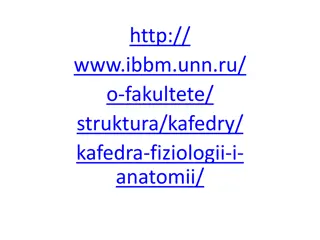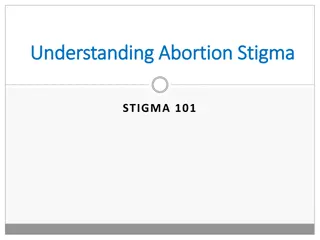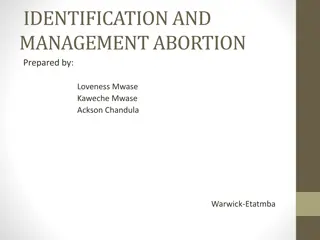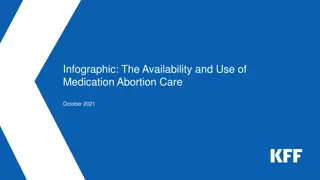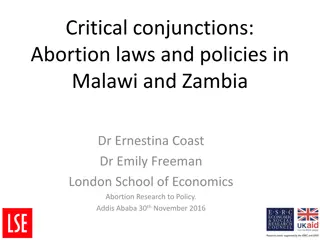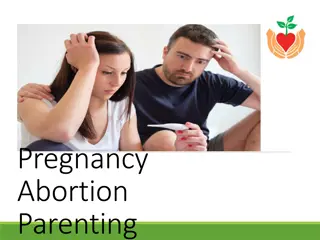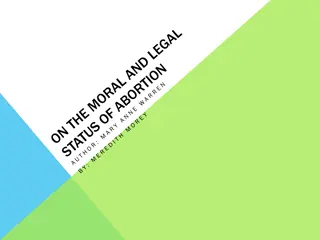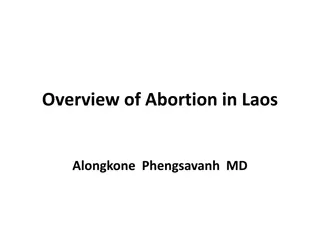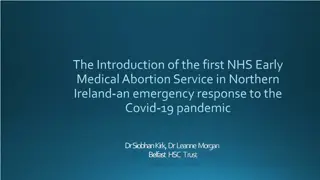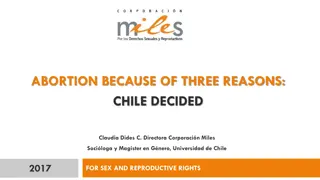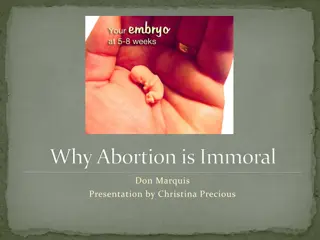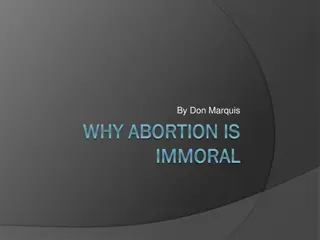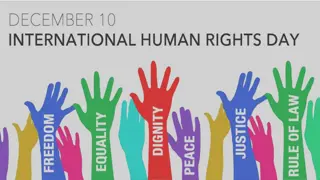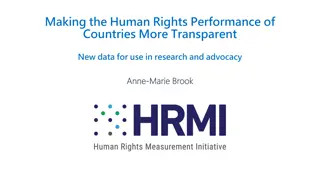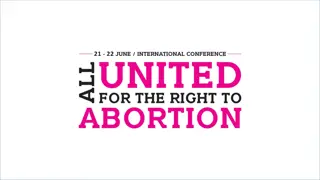Ensuring Safe Abortion Care: A Human Rights Imperative
Unsafe abortions pose significant risks, especially for adolescents, emphasizing the need for safe abortion care. Access to quality services, decriminalization, & gender-based violence considerations are crucial for upholding sexual & reproductive health rights.
Download Presentation

Please find below an Image/Link to download the presentation.
The content on the website is provided AS IS for your information and personal use only. It may not be sold, licensed, or shared on other websites without obtaining consent from the author.If you encounter any issues during the download, it is possible that the publisher has removed the file from their server.
You are allowed to download the files provided on this website for personal or commercial use, subject to the condition that they are used lawfully. All files are the property of their respective owners.
The content on the website is provided AS IS for your information and personal use only. It may not be sold, licensed, or shared on other websites without obtaining consent from the author.
E N D
Presentation Transcript
Geneva 2019 SAFE ABORTION CARE Dr Venkatraman Chandra-Mouli
Induced abortion: Intentional loss of an intrauterine pregnancy due to medical or surgical means. Safe abortion:Abortion that meets all three criteria (i) is done with a method recommended by WHO (medical abortion, vacuum aspiration, dilatation & evaluation) (ii) is appropriate to the pregnancy duration (iii) is provided by/supported by a trained health-care provider. DEFINITIONS Less safe abortion: Abortion that (i) is done by a trained health-care provider, but with an outdated method e.g. sharp curettage (ii) is done using a WHO recommended method but without information and support from a trained individual. Least safe abortion: Abortion provided by untrained individuals using dangerous methods e.g. ingestion of caustic substances.
Unsafe abortion is an important problem: An estimated 3.9 million girls aged 15-19 years undergo unsafe abortions every year in the developing world. Unsafe abortions in adolescents have major health consequences: Compared to older women, adolescents are more likely to seek abortions from untrained providers, to have a self-induced abortion, to terminate pregnancies after their first trimester, to delay seeking medical care for complications following unsafe abortions. They are also less likely to know about their rights concerning abortion and post- abortion care, & to report having had an abortion. RATIONALE -1/2
Safe abortion carries low health risks: While the risks differ depending on the duration of the pregnancy, the method used, and the people carrying out the method, safe abortion can have a lower risk than an injection of penicillin or carrying a pregnancy to term. Abortion related-laws & policies, the provision of good quality services need attention: Access to safe abortion services is highly restricted in many countries despite evidence that restrictive abortion laws are associated with higher levels of maternal mortality. When safe abortion is legally allowed for adolescents, it is often not adolescent friendly. RATIONALE -2/2
States are obliged under human rights law to provide safe abortion care. Implementation of measures to prevent unsafe abortion & to provide post-abortion care are part of the core obligation of states to uphold the right to sexual & reproductive health. States are obliged to ensure universal access to a comprehensive package of sexual & reproductive health interventions including safe abortion care & post-abortion care (the latter whether or not abortion is legal). HUMAN RIGHTS OBLIGATIONS Human rights mechanisms have called for the decriminalization of abortion & removal of barriers such as third-party consent requirements. Denial of abortion and forced continuation of pregnancy have been identified as a form of gender- based violence.
Restrictive laws & policies often force adolescents to seek illegal & unsafe abortions: Laws & policies should promote the respect & protection of women & girls. This includes ensuring timely access to safe abortion & addressing stigma & discrimination against those who seek abortion services or post-abortion care. Adolescents are less likely than adult women to obtain safe abortion services: Adolescents & other stakeholders should be informed about the dangers of unsafe abortions, the safe abortion services available, & the circumstances in which they can be legally obtained. KEY CONCEPTS TO CONSIDER Abortion services & health care providers are often not adolescent friendly: Health care providers must be trained & supported to inform, counsel & provide services to adolescents according to their evolving capacities, & to be responsive to the needs of different groups of adolescents.
Safe abortion: technical & policy guidance for health systems (2012). WHO guidelines on preventing early pregnancy and poor reproductive outcomes among adolescents in developing countries (2011). Policy- ensure laws & policies enable adolescents to obtain safe abortion services; Community- identify & overcome barriers for the provision on safe abortion services; Health facility- ensure adolescents have access to post-abortion care regardless of whether the abortion or attempted abortion was legal; Individual- inform adolescents & other stakeholders about the dangers of unsafe methods of interrupting a pregnancy, safe abortion services legally available & under what circumstances they can be obtained. WHO GUIDELINES Health worker roles in providing safe abortion care and post- abortion contraception (2015). Consolidated guideline on sexual and reproductive health and rights of women living in HIV (2017).
Clinical practice handbook for safe abortion, WHO, 2014. COMPLEMENTARY DOCUMENTS TO WHO s GUIDELINES Interagency statement: preventing gender-biased sex selection, WHO, 2011.


